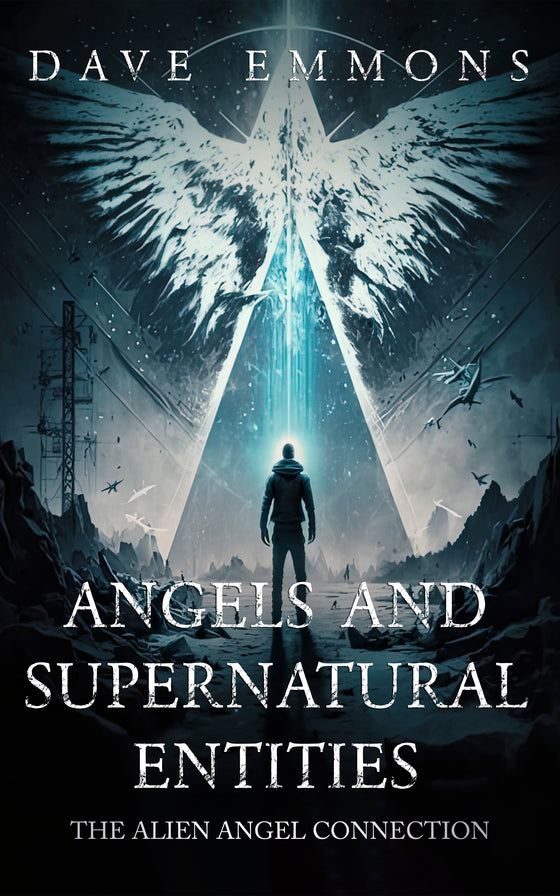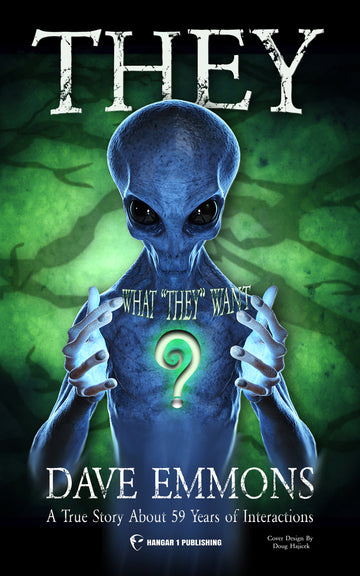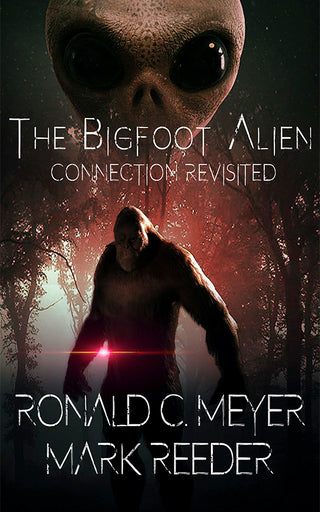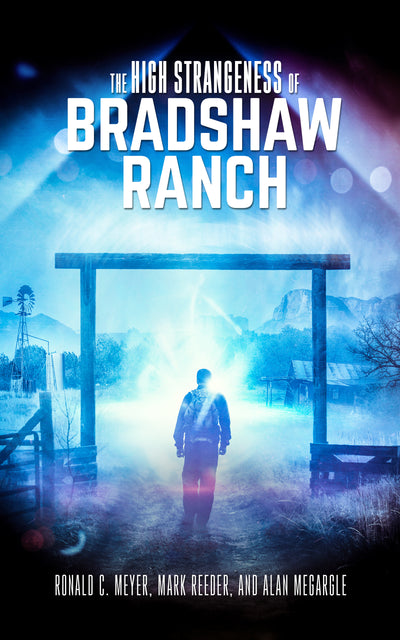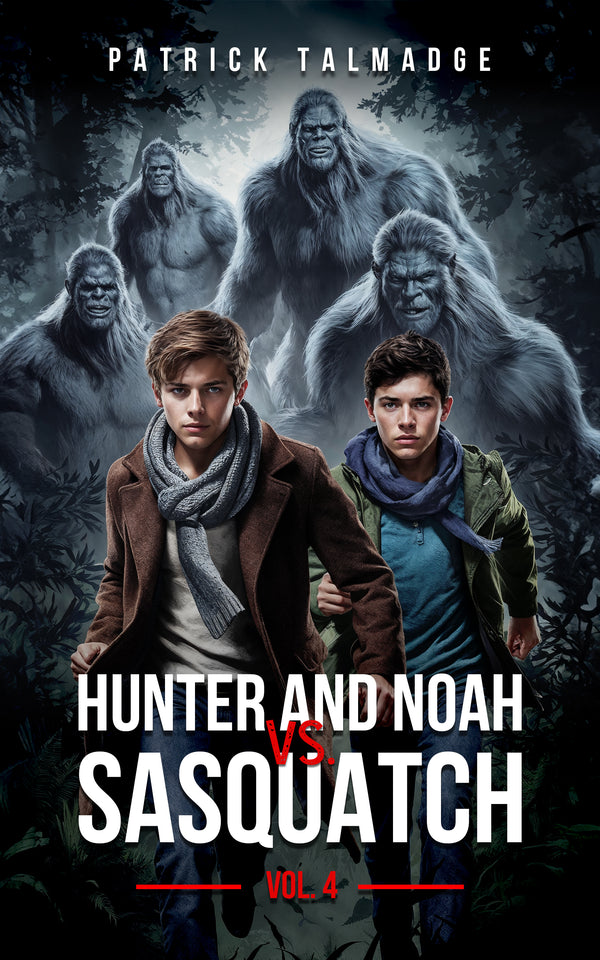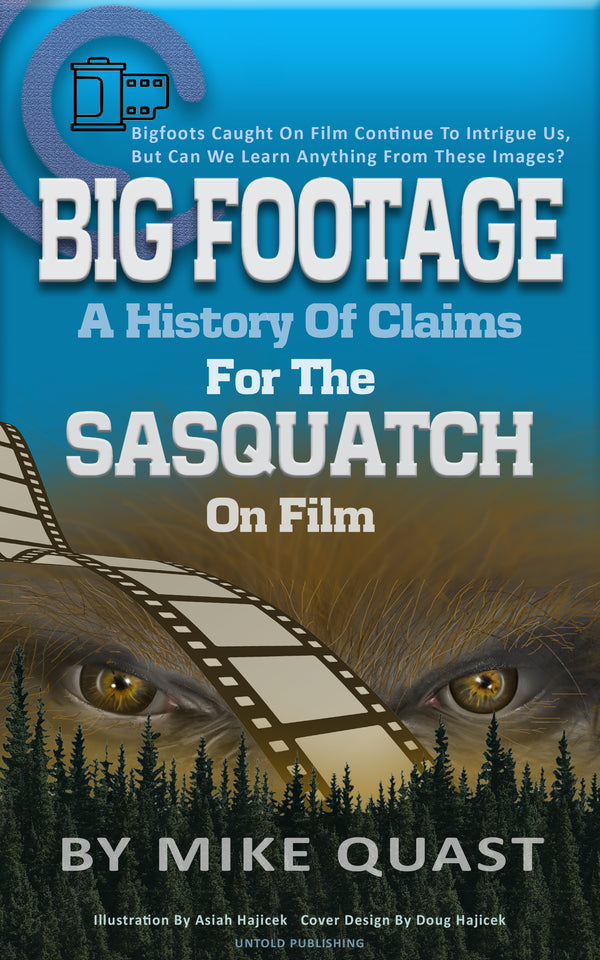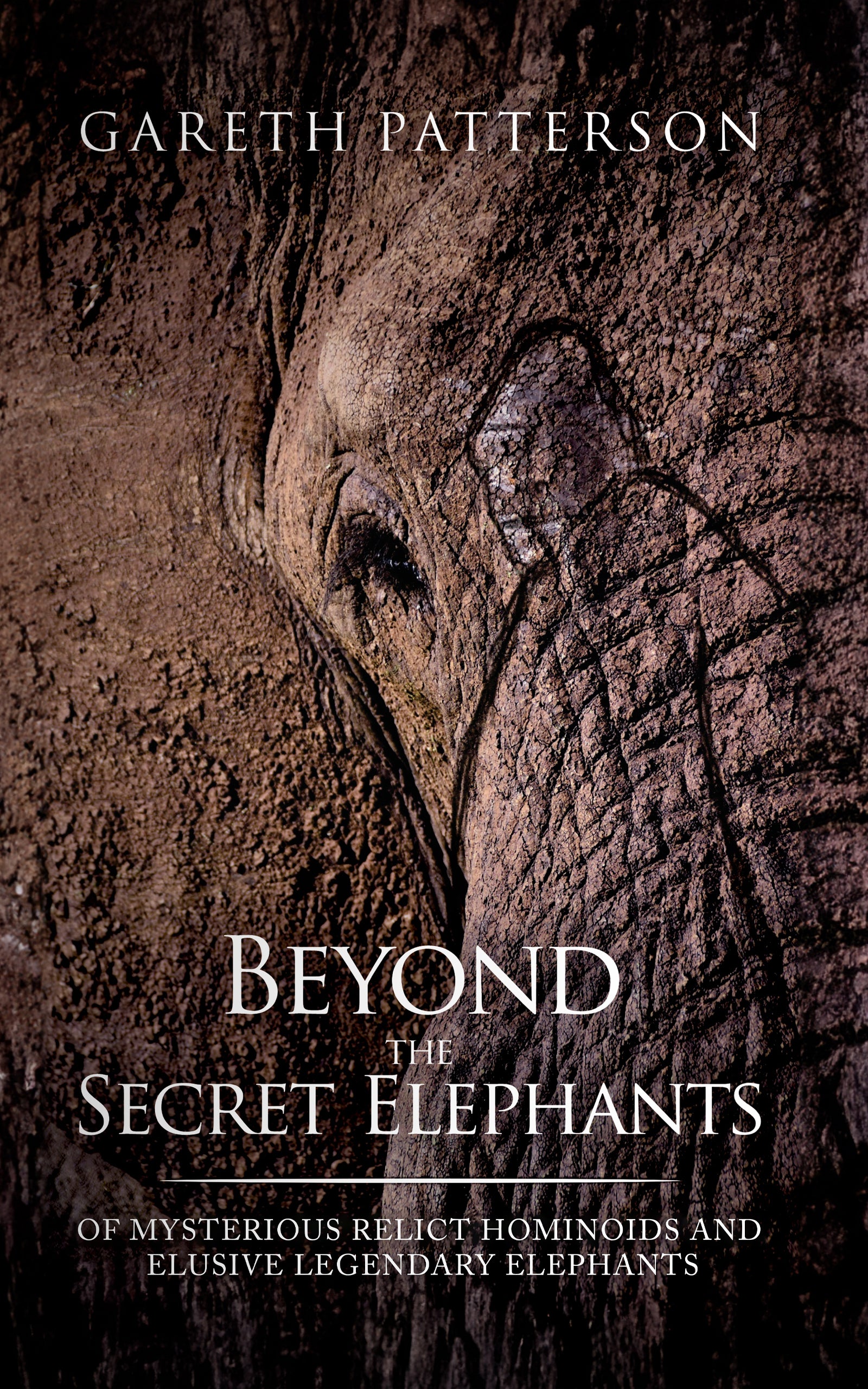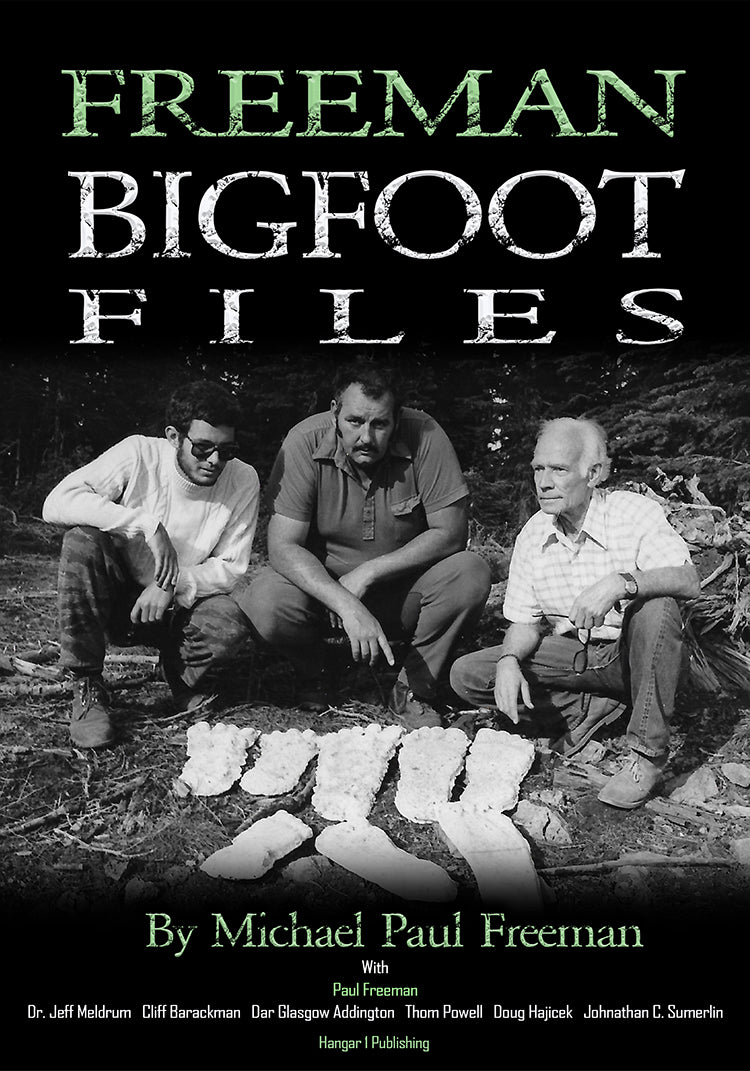NASA Exobiology: The Scientific Blueprint for Serious UAP Research

By Elaine Westfield, Ufologist
The Signal in the Noise
I have sat across from pilots, teachers, and nurses who tell me, with shaking hands, about things they cannot explain. As a psychologist, I listen to their fear and their awe. But as a researcher, I know that raw experience, no matter how profound, isn't enough to change the scientific paradigm. We need a translator. We need a way to turn "I know what I saw" into data that refuses to be ignored.
For over half a century, one group has been quietly perfecting the art of hunting for the impossible. The NASA Exobiology program, founded in the 1960s, didn't start with aliens. It started with a question: how do we recognize life when it doesn't look like us?
The history here provides a stability that the volatile world of Ufology often lacks. NASA established this program formally in 1970, creating a continuous, publicly funded stream of inquiry that has outlasted decades of stigma and speculation. For those of us serious about UAP (Unidentified Aerial Phenomena), this isn't just history. It is a manual on how to build credibility.
The Proof Ladder: Climbing Out of the Anecdote Pit
In our community, we often get excited about a video clip or a radar blip. We call it "proof." But in the exobiology world, a blip is just the start of a very long, very steep climb. NASA scientists realized early on that if they claimed to find life, they better be right. So, they built a framework to grade their homework.
They call it the Confidence of Life Detection (CoLD) scale. It is a seven-step reality check that we should tape to our computer monitors. Level 1 is just detecting a signal. That's it. Most UAP cases, even the good ones, are stuck at Level 1 or 2. To reach Level 3 or 4, you have to prove that what you are seeing cannot be explained by anything else.
Think about the discipline that requires. You don't jump to "aliens" until you have ruled out every bird, drone, sensor glitch, and weather balloon. Biology is the hypothesis of last resort. If we applied this rigor to UAP sightings, 99% of cases would vanish, but the 1% that remained would be bulletproof.
The Cautionary Tale of False Positives
We need to talk about Mars. It is the perfect example of why instruments lie and why context is everything. NASA's rovers are essentially rolling chemistry labs, far more sophisticated than any FLIR camera, yet they still get fooled.
The Curiosity rover detected organic molecules in the Sheepbed Mudstone of Gale Crater. Exciting, right? But hold on. The Martian soil is packed with perchlorates-salts that mess with chemical analysis. When the rover heats up a sample, those salts react, potentially creating chlorinated compounds like chlorobenzene. These look like biosignatures, but they might just be chemistry tricks.
Even when the SHERLOC instrument on Perseverance maps organic materials in the Jezero Crater, scientists don't pop the champagne. They look for the abiotic mimic. They ask: "How could dead rocks fake this signal?" This is the skepticism we need. When we see a light in the sky move oddly, we must ask: "How could a camera artifact or a parallax error fake this movement?"
Tools of the Trade: Beyond the Grainy Video
The gap between a smartphone camera and a scientific instrument is measured in light-years. NASA doesn't rely on visual morphology-shapes are notoriously unreliable. Remember the "nanofossils" in the ALH84001 meteorite? They looked like bacteria, but they were just rocks. A shape is not proof.
Instead, the agency uses heavy hitters:
- SAM (Sample Analysis at Mars): A suite that sniffs the atmosphere and bakes rocks to find the chemical fingerprint of life.
- Mass Spectrometers: Future missions like Europa Clipper will use these to taste the plumes of ice moons, looking for complex molecules that survive the radiation of Jupiter.
- Spectroscopy: The James Webb Space Telescope looks at light passing through atmospheres to find gases like methane and carbon dioxide.
These machines produce terabytes of data, not just a single video file. They allow for cross-referencing elemental maps with chemical detections. If we want UAP research to be taken seriously, we need to move toward multi-sensor data correlation-radar matching infrared, matching visual, matching radiation readings.
Recent Signals: The Edge of Discovery
The universe is getting louder. In just the last few years, we have seen data that pushes the boundaries of what we know is possible. We found phosphates in the ice grains of Enceladus, confirming that Saturn's moon has a key ingredient for DNA. We have Dragonfly heading to Titan to fly a nuclear-powered drone through prebiotic soup.
But notice the language. When methane spikes are found on Mars, the consensus isn't "life." It's "mystery." Even when the Trace Gas Orbiter contradicts ground findings, scientists don't scream cover-up. They dig deeper into the discrepancy. That willingness to sit with uncertainty is uncomfortable, but it is the only way to get to the truth.
Separating the UAP from the Exobiology
We have to address the elephant in the room. NASA's 2023 UAP report was a cold splash of water for many. The independent team found no evidence that UAP are extraterrestrial. They explicitly stated that the main obstacle is data quality.
This is not a rejection; it's a challenge. NASA appointed a Director of UAP Research not to chase aliens, but to improve aviation safety and scientific reporting. They are treating this as an atmospheric puzzle. The Exobiology program remains a separate entity, focused on biosignatures and the origin of life.
We shouldn't conflate the two. One is hunting for microbes on Mars; the other is trying to figure out what just flew past a Navy jet. But the methodology of exobiology-the rigorous elimination of alternatives-is exactly what UAP research needs to borrow.
Your Role: From Spectator to Scientist
You don't have to wait for a press release. NASA's archives are open. The Planetary Data System holds petabytes of mission data. You can access the same images, the same spectra, and the same atmospheric readings as the Ph.D.s at JPL.
There are active ways to contribute. Projects like Exoplanet Watch allow you to help refine the timing of exoplanet transits. You can hunt for brown dwarfs in the Backyard Worlds project. This helps you understand what real astronomical noise looks like, making you a better judge of anomalies.
The search for life is a long game. It requires patience, expensive tools, and a thick skin for disappointment. But if we want to honor the experiences of those who have seen the unexplained, we owe them the rigor of the scientific method. We must stop settling for "unidentified" and start doing the work to identify.
From Bigfoot to UFOs: Hangar 1 Publishing Has You Covered!
Explore Untold Stories: Venture into the world of UFOs, cryptids, Bigfoot, and beyond. Every story is a journey into the extraordinary.
Immersive Book Technology: Experience real videos, sights, and sounds within our books. Its not just reading; its an adventure.








